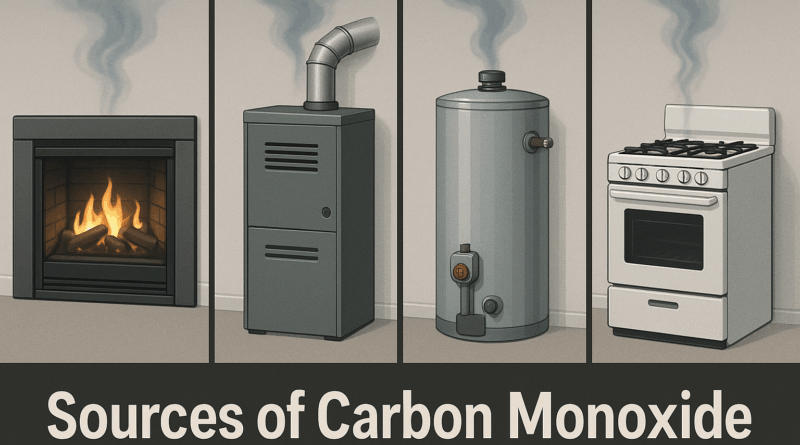Carbon Monoxide’s Invisible Threat & The Hidden Hazards Of Burning Gas Indoors
CleanTechnica.com – 22nd July 2025 – During an especially cold spell in late January last year, Lynne from Santa Monica started to feel unwell. “I was just feeling really sick, and I thought it had something to do with the medication I was taking,” she recalls. “I had headaches, nausea, and dizziness — it was pretty bad… My heart was beating like I just ran a marathon. I was just sitting down on the couch and couldn’t catch my breath.” Lynne explored many possible causes for her symptoms, but it wasn’t until she replaced the batteries in her carbon monoxide detector that she discovered what was making her ill.

Cooking and heating with methane gas significantly impacts indoor air quality and are linked to a range of health concerns. In the past, we highlighted recent research revealing a striking parallel between benzene emissions from gas stoves and cigarette smoke — both sources of unhealthy benzene exposure. But benzene is just one component of a cocktail of hazardous pollutants released during methane gas combustion. Another major by-product is carbon monoxide (CO), an odorless and colorless gas that can be extremely dangerous. The harmful — and sometimes fatal — effects of carbon monoxide exposure indoors are well-documented in both medical literature and everyday news.
Carbon monoxide can accumulate indoors from multiple sources, with methane gas use being one of the most common. It forms when fossil gas is incompletely combusted. Gas-powered appliances such as furnaces, stoves, fireplaces, and water heaters can all contribute to unsafe CO levels, particularly when they are faulty or poorly vented. Inadequate ventilation and malfunctioning equipment are among the leading causes of elevated carbon monoxide levels in the home. Read more…
Carbon Monoxide is a colorless, odorless toxic gas. In the United States alone, the CDC states that every year carbon monoxide poisoning not linked to fires leads to over 50,000 Americans going to the emergency room, with around 15,000 being hospitalized and as many as 500 deaths.
Generators, car engines, air conditioning systems, boilers, ovens and other equipment where combustion takes place can cause carbon monoxide exposure when used incorrectly and/or in the wrong environment, or if it is not properly maintained.
Please see our simple safety advice on how to protect yourself and your loved ones from the very real dangers of carbon monoxide.
Or, click here and complete our short contact form if you or someone you know has suffered carbon monoxide poisoning and need advice on whether you may have grounds to claim compensation from those responsible.




Leave a Reply